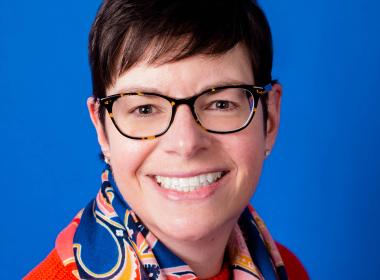As treatments for childhood, adolescent, and young adult cancers and other chronic health conditions continue to improve, we must also address the potential side effects of treatment, including fertility and sexual health. We understand that these issues play an important role in long-term quality of life, therefore our team at Connecticut Children’s works closely with patients and families to provide fertility counseling, including individual patient risk for problems with fertility, general education, and options available for preservation.
Fertility Preservation Options
Our goal is to provide all newly diagnosed patients with an understanding of the risks that their specific diagnosis and proposed treatment may have on future fertility. We also meet with patients post-treatment for evaluation of gonadal damage, fertility potential, and discussion of possible fertility preservation options moving forward.
Sperm Cryopreservation
Freezing of sperm, also known as banking, is the gold standard for preserving fertility in young men after puberty. Eligible patients include all males who have demonstrated pubertal changes (typically 13 years old or older) and are capable of producing a semen sample by self-stimulation. An interested patient may provide a sample from home, in the fertility clinic, or in the hospital depending on his specific circumstances. Sperm has been used up to 20 years or longer after cryopreservation to conceive a pregnancy.
Testicular Sperm Extraction (TESE)
Despite going through or completing puberty, some young men may not be able to produce a semen sample when needed. In these cases, a surgical biopsy of the testicle can be performed to extract sperm from the tissue from which sperm are produced. The extracted sperm can then be cryopreserved for future use. Eligible patients include young men who have demonstrated pubertal changes.
Electroejaculation (EEJ)
Electroejaculation utilizes a rectal probe to stimulate the prostate with an electric current and induce ejaculation. This procedure is done in the operating room and serves as an alternative to a TESE. EEJ generally results in a larger number of sperm retrieved than TESE, thus providing more future fertility options. Eligible patients include male patients who have demonstrated pubertal changes.
Testicular Tissue Cryopreservation
For those boys that have not entered puberty but whose treatment has a high risk of affecting testicular stem cells, testicular tissue banking is an option. Testicular stem cells are required for sperm production after puberty but may potentially be damaged by certain medical treatments. Testicular tissue banking is an experimental option in which small pieces of testicular tissue are surgically removed before cancer treatment and cryopreserved for possible future use. Tissue biopsy can typically be performed at the time of other procedures already planned. Concerns include possible damage to the testicle or risk of contamination of the testicular tissue with cancer cells. We partner with Dr. Kyle Orwig of the University of Pittsburgh to offer a TTC clinical trial for eligible patients.
Oophoropexy
For patients who will receive radiation in the area of the ovaries, this procedure involves surgically moving the ovaries outside of the field of radiation therapy.
Oocyte or Embryo Cryopreservation
Eligible patients include post-pubertal girls with enough time (2-3 weeks) to undergo hormonal stimulation and egg extraction prior to initiation of treatment. The patient is given hormones to stimulate her ovary to recruit and mature many eggs. The eggs are then harvested and frozen (oocyte cryopreservation) for future use. These eggs can also be fertilized with sperm from a partner and the resulting embryo can then be frozen (embryo cryopreservation) for use when the young woman is ready to have children.
Ovarian Tissue Cryopreservation
Ovarian tissue cryopreservation (freezing) is available for all ages and is the only fertility preservation option for pre-pubertal girls. This method of fertility preservation is the newest option and became a standard of care practice in late 2019 per the American Society of Reproductive Medicine. One ovary is removed by laparoscopic surgery and frozen. When the patient is ready to have children, the ovary may be implanted back into the body and resume normal function. The advantage of ovarian tissue freezing is that the procedure can be done quickly and does not require hormonal stimulation. A significant disadvantage is the concern that for many of our patients, such as leukemia patients, the ovarian tissue may be contaminated with disease, and cannot be replaced in the body. For these patients, researchers are currently studying how to help the oocytes (immature eggs) in the ovary mature into eggs so that they can then be fertilized for pregnancy. This way, tissue potentially contaminated with cancer cells would not be placed back into a patient’s body.
Resources
We have compiled a list of resources to help you learn more about fertility preservation techniques and financial assistance options.
- A Guide to Cancer and Fertility – For Female Adolescent and Young Adult Patients
- A Guide to Cancer and Fertility – For Male Adolescent and Young Adult Patients
- Fertility Preservation Procedures for Females
- Fertility Preservation Procedures for Males
- Livestrong Fertility Program
- Save My Fertility
- Sexual Health Questions & Answers
- Take Charge
Our Team
Our Fertility and Sexual Health team includes Connecticut Children’s board-certified pediatric specialists from our oncology, pediatric surgery, urology, and endocrinology divisions. In addition, we partner with the Center for Advanced Reproductive Services, an affiliate of the University of Connecticut School of Medicine, and the Tallwood Urology & Kidney Institute of Hartford Healthcare to provide fertility preservation options to our patients.
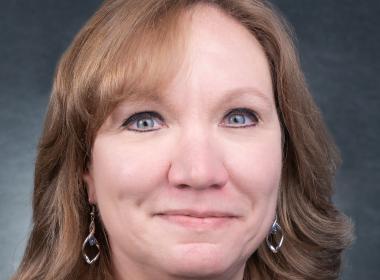
Christine Finck, MD, FACS
- Specialty
- Pediatric Surgery

Rebecca Riba-Wolman, MD
- Specialty
- Endocrinology & Diabetes
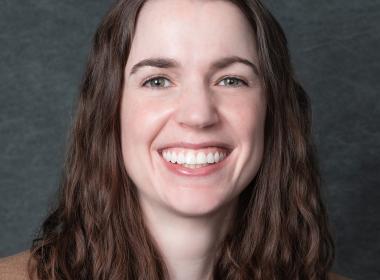
Alyssa Bennett, MD
- Specialty
- Adolescent Medicine
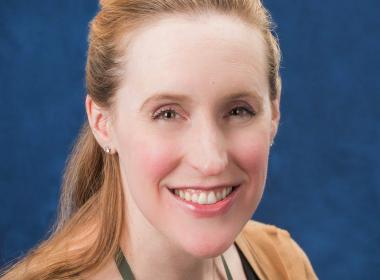
Anne Dudley, MD
- Specialty
- Urology
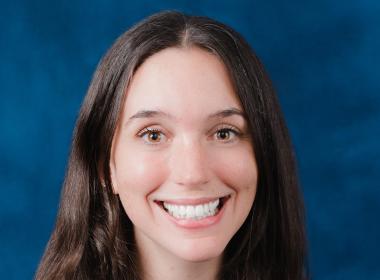
Natasha N. Frederick, MD, MPH, MST
- Specialty
- Center for Cancer & Blood Disorders

Victoria Pohl, APRN
- Specialty
- Center for Cancer & Blood Disorders
